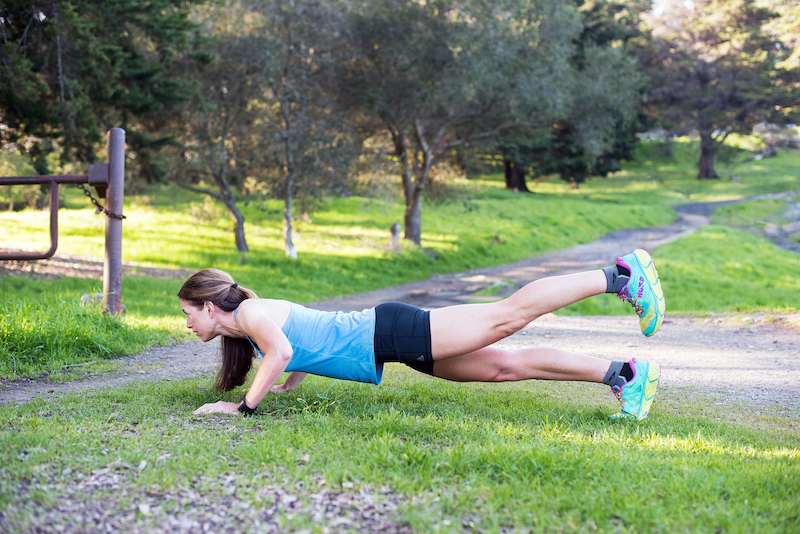This post is a repost from my weekly newsletter, “Colorado Mountain Running & Living.” I hope you’ll read the full post on my new platform & subscribe for updates there!
The wind is howling, which I would mind less if it brought storm clouds our way. Recently, it’s been delivering blasts of warmer air from the south. I’ve been checking the weather apps obsessively, clinging to hope that the forecast calls for a few inches of snow to blanket the dull brown patches on the landscape, now drained of color. Fresh white would make it feel like winter again. Our driveway, and some of my favorite running routes, have turned into paths of treacherous ice due to a cycle of daytime melt and nighttime freeze.
Here around the San Juan Mountains, conditions this month have been pretty crappy for running and skiing, and this limbo between winter and spring put me in a funk.

I took this photo a week ago of the landscape a half mile from our home, showing all the south-facing slopes melted out. Much more of the thin snow layer has melted in recent days.
I’m also in an in-between phase running-wise, because I have a road marathon in less than two weeks, so I’m tapering. While I value the early-season speedier and steadier marathon training for getting in better running shape, I want to get past it and back to training on trail for ultras this spring. I feel a pent-up restlessness, but I don’t enjoy being outside as much as usual because of the wind and ice.
Under these conditions, exercising indoors sometimes provides a welcome relief. Last Sunday, at home with minimal gym equipment, I did a fatiguing and satisfying all-over conditioning workout in only 35 minutes.
That workout inspired me to share coaching advice about conditioning, since many runners have questions about how much and what types of exercise other than running they should fit into their week. Some runners get hooked on Crossfit. Some swear by yoga. Some are multisport athletes who swim, cycle, or ski-mo. Some do nothing but run lots and lots of miles. Which approach is best, and what do you need?
The answer is, “It depends.” It depends on your training goals, where you’re at in your training cycle, and where you’re at in life in terms of age and fitness.
What I mean by “conditioning”
Conditioning is an umbrella term I use to include strengthening exercises that use extra weight or bodyweight for resistance; mobility exercises for range of motion, muscle control, and balance; and drills and plyometrics, which are specific exaggerated movements, often involving jumping, that foster better running skills and boost strength and cardio fitness. Physical therapy usually means a combo of customized strength and mobility exercises to correct specific weaknesses or asymmetry in your strength or movement.
Conditioning is different than cross-training, though a lot of people use the terms interchangeably. I use cross-training to refer to a different sport or recreational activity, such as cycling, swimming, or skiing. (Some people put yoga in the cross-training category, but I prefer to think of yoga as a form of mobility and light strength work, hence a type of conditioning.)
As a runner, you don’t need to cross-train, unless you want to for general health and happiness. Some of my clients, for example, want to devote one day of their weekend to golf or Nordic skiing, to which I say, OK, if it makes you a happier and more well-rounded person, let’s fit it in! But if they are training for a goal race, then in the eight weeks prior to that race I’ll recommend that they phase out their cross-training in favor of more specific running and rest.
Conditioning, by contrast, in my view always is worthwhile and belongs in every runner’s training, though the amount and type should vary depending on where they’re at in their training cycle.
Why you should do conditioning (and sometimes give it a rest)
Conditioning can lead to improved running, but usually not by a very significant margin. Strengthening muscles is one way (but not the only way) to improve “running economy,” which in simple terms means the amount of oxygen you use while running at a certain pace. If you have less running economy, you’ll need more effort to run.
Truth is, you can be a darn good runner without doing extra conditioning work. To become a better runner, you’ve gotta focus on running and recovery. So why take time for conditioning? I see three main reasons.
Read the rest of the post here.
It gives reasons why (and why not) to add conditioning to your weekly routine, how to schedule it into your week, and it details a typical workout and links to additional resources.

This photo, demonstrating a pushup variation, was taken during a photo shoot for my book’s chapter on conditioning. I did it at a trailhead to show you can do conditioning pretty much anywhere. Photo by Tonya Perme

Comments are closed.